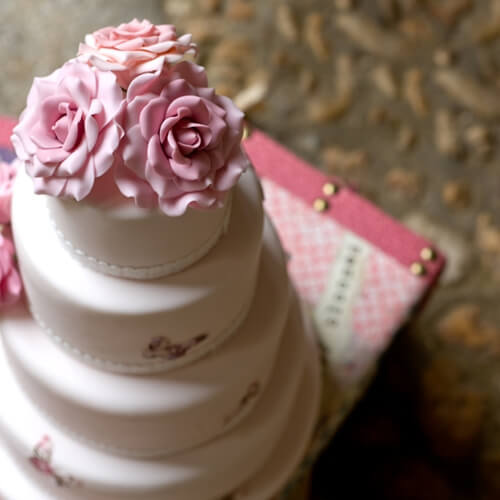3 Cake Decorating Tips All Chefs Should Know
From birthday celebrations to retirement parties and countless weddings, cake is a central component to most of our social gatherings. The quality of this icing-covered treat often affects the party itself, as tasty cake can be remembered just as long as great conversation or some moving speech. More than just the actual taste, the look and aesthetic of a cake is just as important, as great colors and appealing lines let people treat their eyes before treating their sweet tooth. Here are just a few important tips to consider as you master cake decorating in culinary academy:
Smooth lines matter
No matter the occasion, all cakes should have smooth, clean lines. This not only demonstrates a commitment to the cake itself, but also prevents any excess icing from splattering. There are a few techniques to use in the smoothing process, and each one depends on the material you’re working with:
- Buttercream: Here, you’ll need some warm – not hot – water and a spatula. Use the water to heat up the spatula and then dry it with a clean cloth. The warmth from the spatula will make the buttercream more malleable, allowing you to smooth any especially wonky lines.
- Fondant: Once the fondant is draped over the cake, you’ll want to gather any excess scraps of this edible icing. Form a ball out of the extra bits, flatten it and then rub it against the sides of the cake like a cloth. The fondant rag essentially buffs out most of the bumps.
- Ganache: With ganache, your best bet is often a hair dryer. Using the lowest setting, stand about 12 inches away from the cake and apply heat to the entire piece. After several minutes, you’ll begin to see the ganache become glossy, at which point you can apply the aforementioned spatula technique.
Different icing, different uses
Generally speaking, not all icing is created equally. Of the dozen or so used in most kitchens, each one has a different overall taste and a specific use on the cake itself. Knowing the strengths of each icing will make for tastier cakes overall:
- Buttercream: Sweet and buttery, this icing is a universal decorating tool, perfect for crafting borders, writing, figure piping and flowers.
- Whipped icing mix: Available as robust chocolate or delicate vanilla, this mix is similar to buttercream in many ways. However, it has a slightly more velvety consistency overall.
- Royal: With a sweet, meringue-esque taste, Royal is best used when assembling piping and flowers.
- Rolled fondant: When it comes to cutting and modeling decorations, most chefs make use of satiny fondant.
The ins and outs of piping
If you can master piping, then you’re already on your way to being a master cake decorator. Proper piping begins with the right bag. Economically speaking, reusable bags are better than disposable bags. No matter your choice, you need to properly fill the bag, which you do by folding it open with one hand and then using the other to scrap the icing in with a spatula. The two most basic shapes you’ll make are stars and shells. For the former, the size of the tip you use will result in the number of points, and its vital you always squeeze gently to avoid any messes. For shells, simply squeeze the icing in one spot and slowly pull away. From there, return to the same spot and continue squeezing, effectively creating an icing chain.


